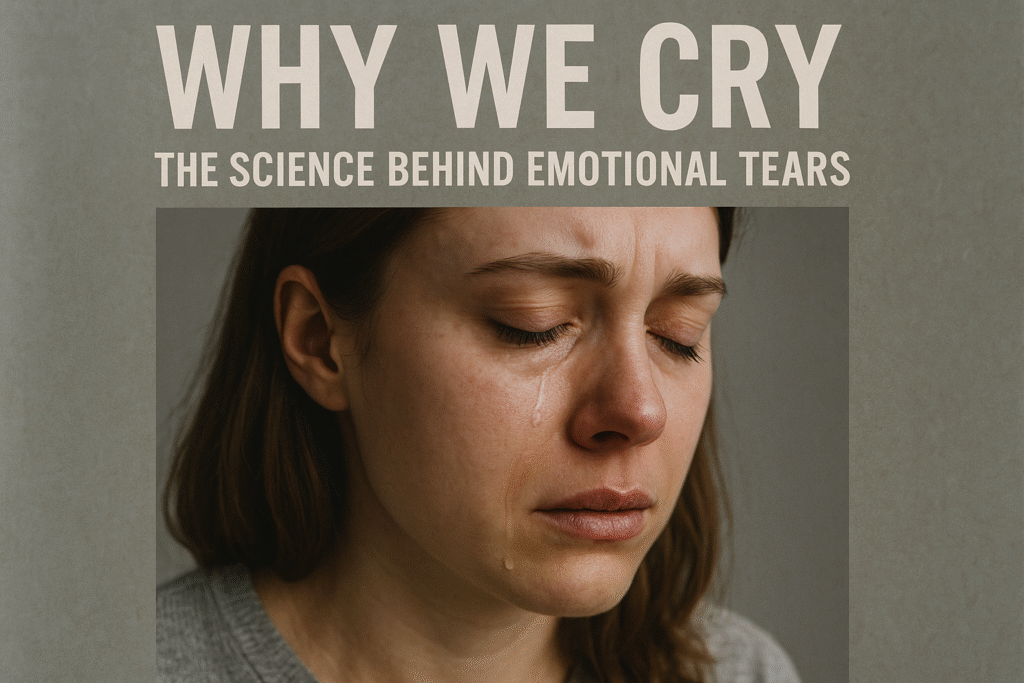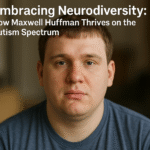By Harshit | 27 September 2025 10:15 EDT
Sadness can overwhelm the body so deeply that it produces tears. Unlike the ones that keep our eyes moist or flush out irritants like dust and onion vapours, these so-called emotional tears are linked directly to the brain’s processing of grief, despair, and intense feelings.
More Than Just Moisture
While basal tears lubricate the eyes and reflex tears remove harmful particles, emotional tears arise from a different pathway. They are triggered by activity in the brain’s emotion-processing centres, especially the hypothalamus. This small but crucial region links feelings to physical responses. When distress takes hold, the hypothalamus signals the lacrimal glands to release a flood of tears.
Stress Relief Through Crying
Scientists believe crying may serve an important biological function: stress regulation. Several studies have shown that emotional tears contain higher concentrations of stress-related hormones and proteins than other types of tears. By shedding them, the body may be actively lowering stress levels and restoring a sense of internal balance.
In this sense, crying is not only an outward display of sadness but also an inward mechanism of self-care.
The Calming Effect
Crying does not just wash away hormones; it also engages the parasympathetic nervous system — the body’s “rest and digest” mode. This system slows the heart rate, lowers blood pressure, and promotes a state of calm. Many people describe feeling lighter, calmer, or even relieved after a long cry, and neuroscience helps explain why.
Emotional Tears Across Situations
Though most often associated with grief, emotional tears can emerge during a wide range of experiences: joy, relief, empathy, or even awe. In each case, they serve as both a social signal and a physiological release. Tears communicate vulnerability or connection outwardly while helping the body re-establish equilibrium internally.
An Evolutionary Perspective
Researchers are still exploring why humans, unlike most other species, produce visible emotional tears. One theory suggests they evolved as a powerful social tool, signaling distress or the need for comfort to others. In communities where survival depended on cooperation, such signals may have strengthened bonds and improved group resilience.
What’s Next in the Science of Crying
Although scientists have identified hormonal and neurological mechanisms behind emotional tears, many questions remain unanswered. Why do some individuals cry more easily than others? How do cultural and social factors shape crying behaviour? And could studying tears help develop therapies for stress and anxiety disorders?
For now, what is clear is that crying is more than a sign of sadness — it is a complex biological response, offering both relief to the body and connection to those around us.







